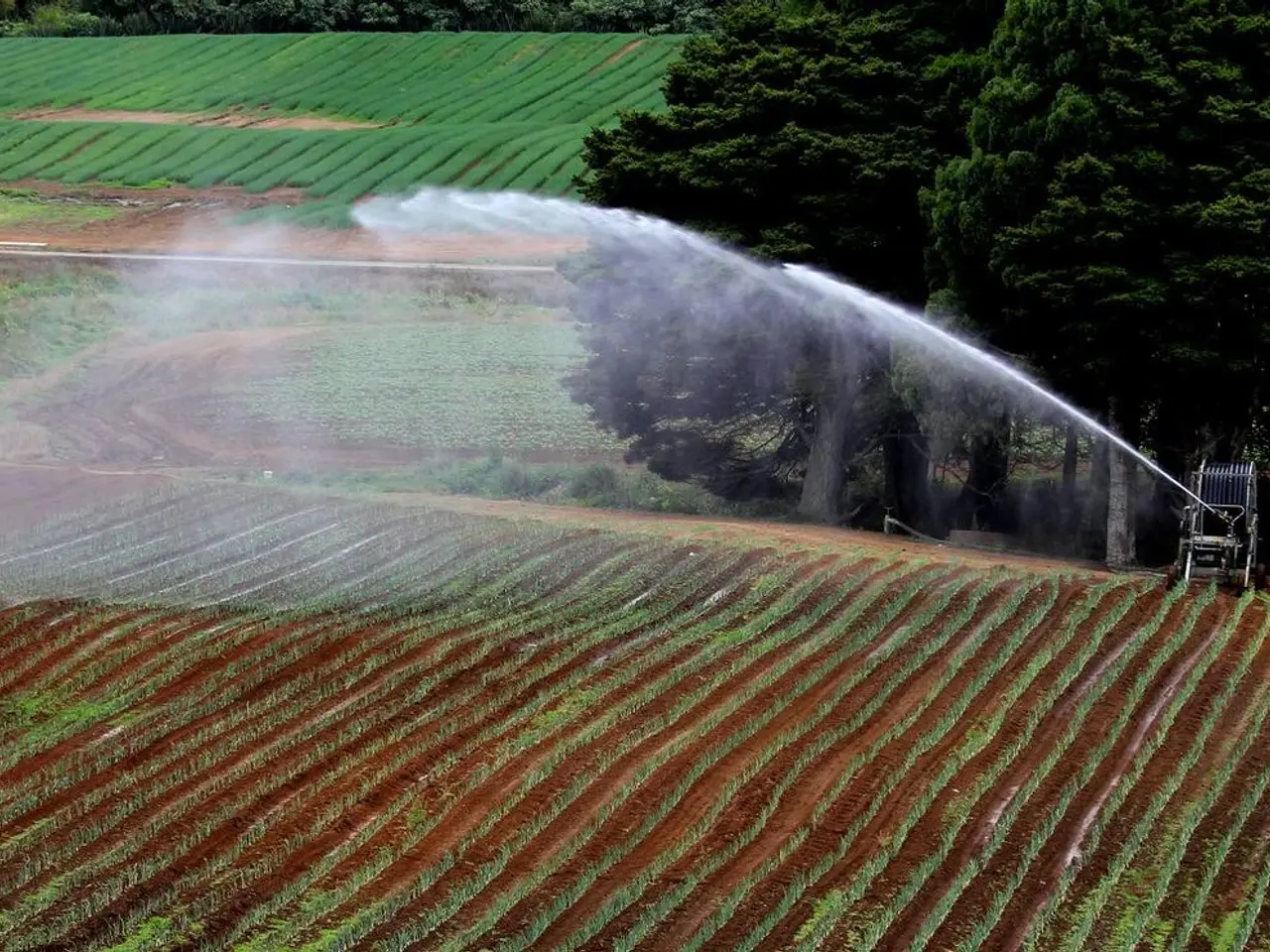Information Packet on Decentralized Wastewater Treatment Technologies
Decentralized wastewater treatment systems are essential for managing wastewater from small communities, rural areas, and specific sites without relying on large centralized infrastructure. These systems offer flexibility in design and can be tailored for various flow rates and environmental conditions.
One such technology is Aerobic Treatment, which uses oxygen to promote the breakdown of organic matter by aerobic bacteria. Systems typically include aeration tanks or filters that supply oxygen to microbes for efficient biodegradation. The Aerobic Treatment document is available in English (100.5 KB) and Spanish (196.79 KB).
Evapotranspiration Systems are another option, relying on evaporation and plant transpiration to remove water from treated wastewater, often combined with soil infiltration. These systems are suitable in arid regions where evaporation rates are high. The Evapotranspiration document is available (165.55 KB).
Low Pressure Pipe (LPP) Systems employ small-diameter pipes under low pressure to distribute effluent evenly into absorption fields. They improve uniformity of wastewater dispersal and can be used where gravity flow systems are inadequate. The Low Pressure Pipe Systems document is available (150.31 KB).
Mound Systems are constructed sand mounds on the soil surface that allow for absorption of effluent in soils with poor percolation or high water tables. Wastewater is dosed into the mound, providing aerobic conditions for treatment. The Mound Systems document is available (204.27 KB).
Septage Treatment/Disposal processes are designed to manage and treat the sludge (septage) pumped from septic tanks, often using mechanical, biological, or chemical treatment before safe disposal or reuse. The Septage Treatment/Disposal document is available in English (60.52 KB) and Spanish (178.79 KB).
Septic System Tanks are primary treatment units where solids settle and anaerobic digestion begins. The clarified effluent then moves to soil absorption or secondary treatment. The Septic System Tanks document is available (183.08 KB).
Septic Tank Effluent Screens are physical barriers installed at the tank outlet to prevent solids from leaving the tank, protecting downstream absorption or treatment systems from clogging. The Septic Tank Effluent Screens document is available (122.41 KB).
Septic Tank Leaching Chambers provide more uniform effluent distribution and larger infiltration surface area for soil absorption compared to traditional trench systems. The Septic Tank Leaching Chamber document is available (159.78 KB).
Septic Tank Systems for Large Flow Applications are designed to handle higher volumes, such as commercial or multi-family settings. These often incorporate multiple tanks or enhanced treatment stages to ensure adequate performance. The Septic Tank Systems for Large Flow Application document is available in English (1000.42 KB) and Spanish (317.82 KB).
Septic Tank-Soil Absorption Systems are conventional onsite systems where septic tank effluent percolates through a soil absorption field, providing natural filtration and microbial treatment.
Small Diameter Gravity Sewer (SDGS) Systems use smaller pipes and gravity flow to connect multiple decentralized units or homes, reducing infrastructure costs compared to conventional sewers. The Small Diameter Gravity Sewer (SDGS) Systems document is available.
Types of Filters include anaerobic filters, aerobic filters, sand filters, and constructed wetlands that provide secondary or tertiary treatment by supporting microbial communities and physical filtration of wastewater. The Types of Filters document is available (68.2 KB).
Recirculating Sand Filters are sand filtration units where effluent is repeatedly passed through sand media to enhance pathogen removal and organic matter breakdown. The Recirculating Sand Filters document is available (131.1 KB).
Septic Tank Polishing is a secondary treatment to "polish" or further treat septic tank effluent, often involving additional filtration or aerobic processes to improve effluent quality before disposal or reuse. The Septic Tank Polishing document is available (170.52 KB).
Control Panels automate aeration, pumping, dosing, and monitoring to optimize treatment performance and reduce manual maintenance in modern decentralized systems. The Control Panels document is available (1.44 MB).
These decentralized wastewater treatment systems support decentralized water management goals of reducing freshwater demand, protecting sensitive groundwater or surface water sources, and providing treated effluent suitable for non-potable reuse such as irrigation or industrial uses. Advances continue to integrate smart control and monitoring for enhanced performance and cost efficiency.
References: [1] Decentralized Wastewater Treatment Systems: Principles and Applications [2] Decentralized Wastewater Treatment Technologies: An Overview [3] Decentralized Wastewater Treatment for Agricultural and Rural Areas [4] Decentralized Wastewater Treatment Systems: Design and Operation [5] Decentralized Wastewater Treatment Technologies: A Review
- The Aerobic Treatment document explains a technology that uses oxygen, promoting the breakdown of organic matter by aerobic bacteria, which is essential in environmental-science for managing wastewater in small communities and various sites.
- Evapotranspiration Systems, relying on evaporation and plant transpiration, can be used in arid regions where evaporation rates are high, making them suitable for removing water from treated wastewater and offering a potential solution in environmental-science and technology.




